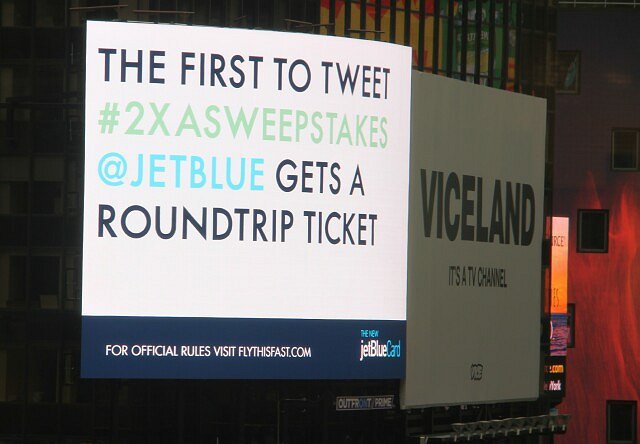An interesting manifestation of this mindset is the trend among retailers toward what AdAge recently coined “unstore experiences.” Samsung, Staples, Target, Reebok, Tory Burch — brands old and new, tech and non-tech are all upping their game to make the in-person store visit an opportunity to add value, personality and demonstrate their mission, rather than just another way to make a purchase.
Gatorade’s latest Snapchat campaign offers another example of taking an experiential approach to social. The sports drink virtually immersed Snapchatters everywhere in the Gatorade dunking experience through a sponsored lens consumers could overlay on their selfies. It wasn’t a heartwarming story or cutting-edge graphics that resulted in the 165 million uses of this ad; it was going to their audience and enhancing their social presence.
These are just hints at the possibilities. As every surface from billboards to taxi screens becomes connected, advertisements can become a public utility — a messaging platform that adds tangible value to our everyday lives, not just the latest Snapchat story.
Think about this scenario: A New Yorker enters a subway station in the winter and a digital sign flashes a blizzard warning with the latest train delay updates. Suddenly, the screen changes and JetBlue is advertising discount flights to the Bahamas with the latest last minute seat availability. That’s no longer about shouting a message, that’s providing a real service that even discerning Manhattanites can appreciate.
Or, on the opposite coast, imagine driving in Los Angeles during peak traffic hours. You look up and see a billboard for the Dodgers, but rather than promoting season ticket sales, the ad shows you a flurry of helpful information. It alternates between the latest game stats and the real-time, quickest routes for getting out of traffic and on your way home. You might not be attending the game, but at least the Dodgers have built some goodwill with you.
So how will we make every surface an opportunity to earn consumers’ attention? Developing app-based content, storing it in the cloud and making all screens connected. Brands will need to think like developers, creating content that connects to social feeds and gives consumers the opportunity to engage and be rewarded in real-time just as they do with apps on their smartphones. It’s creating hardware that’s durable, yet energy efficient, and purpose-built for its environment.
Consumers are erecting ad-blocking walls all around them, but these barriers are not impenetrable. So long as you can give consumers value, fun, help or the ability to engage, they will let you in.
